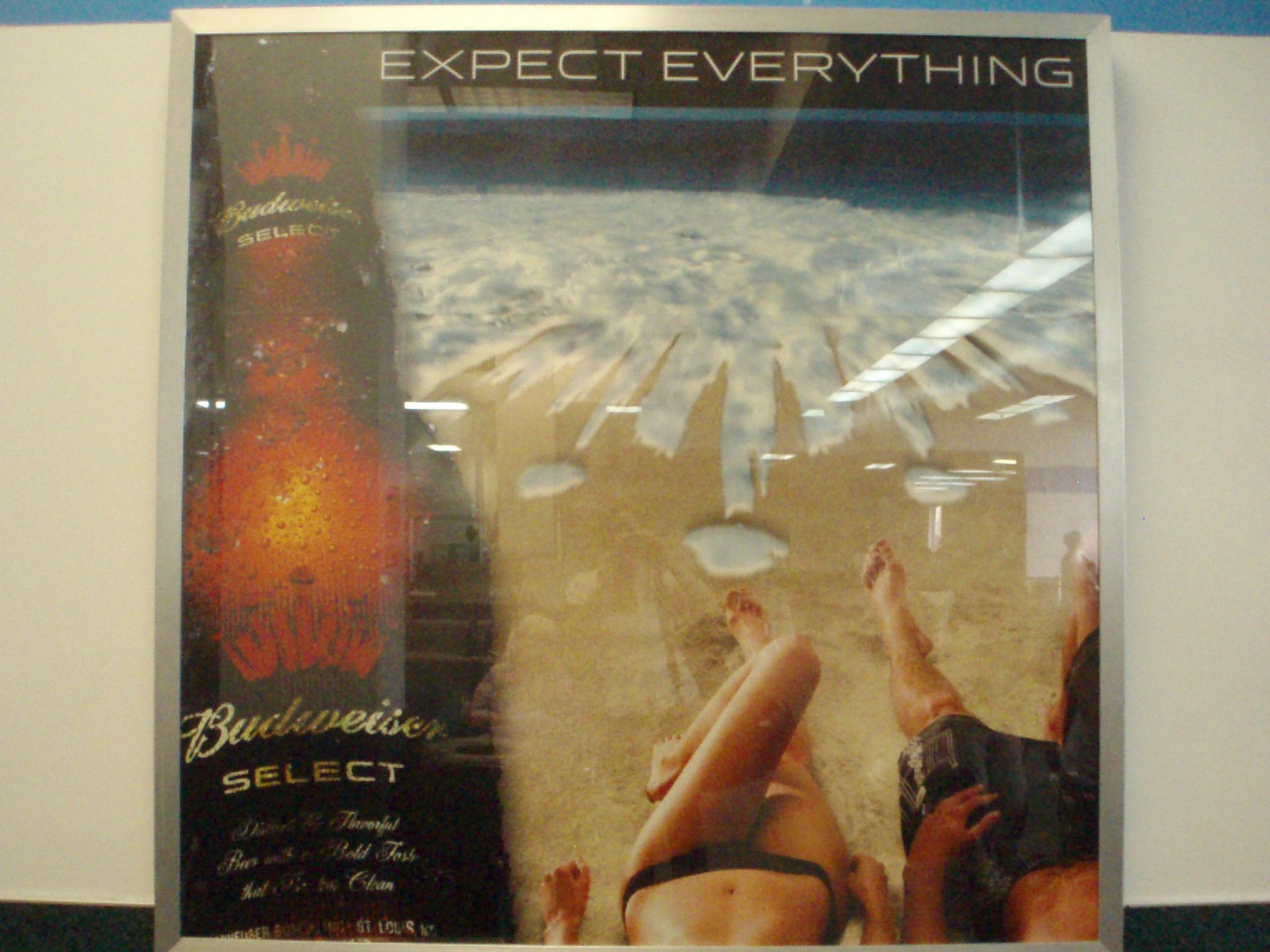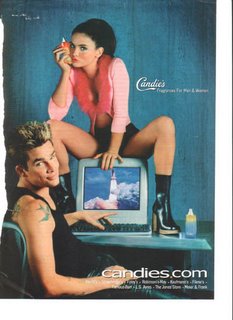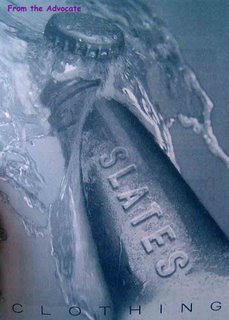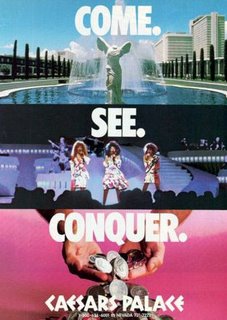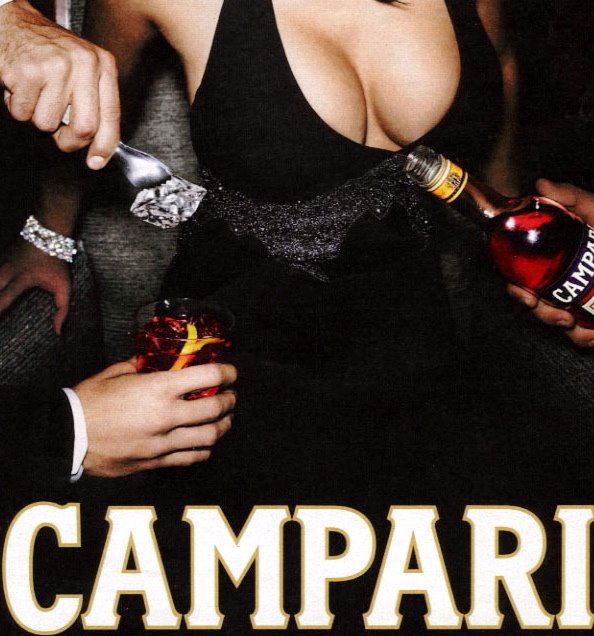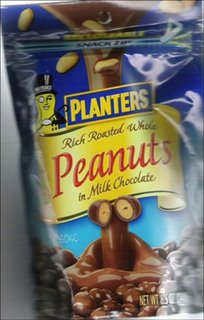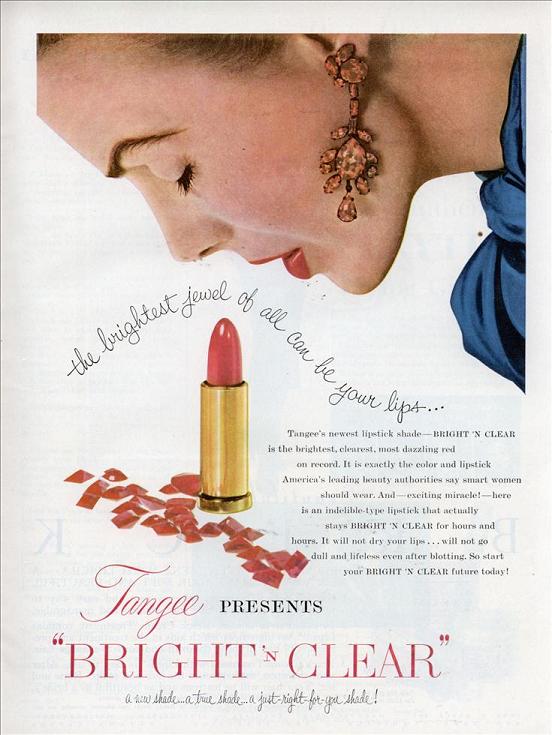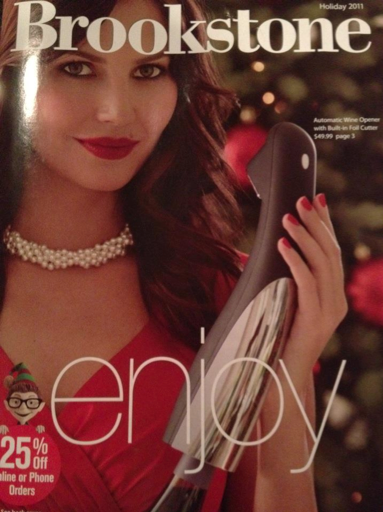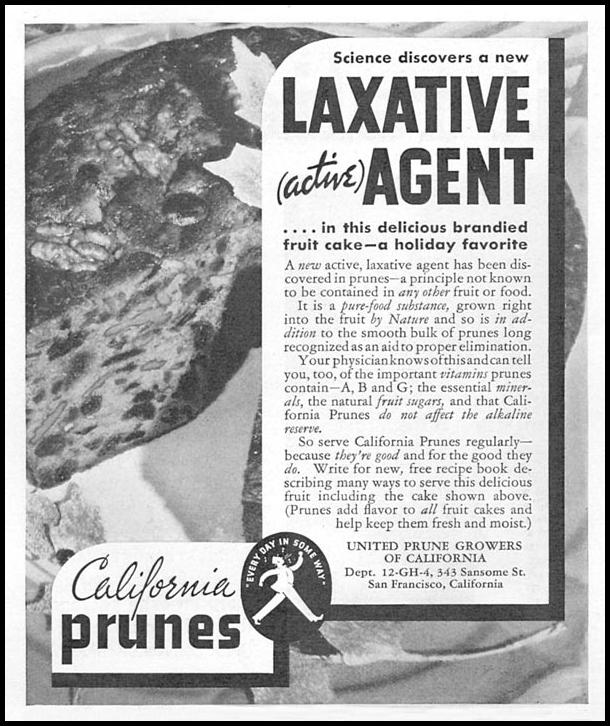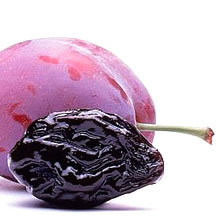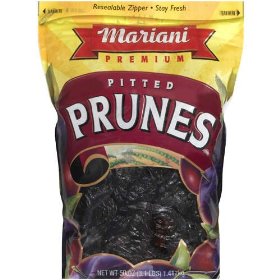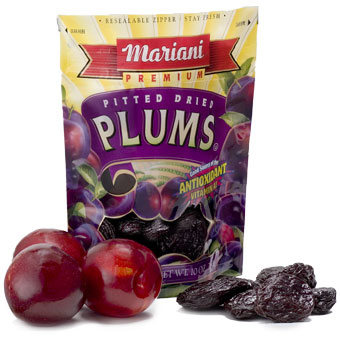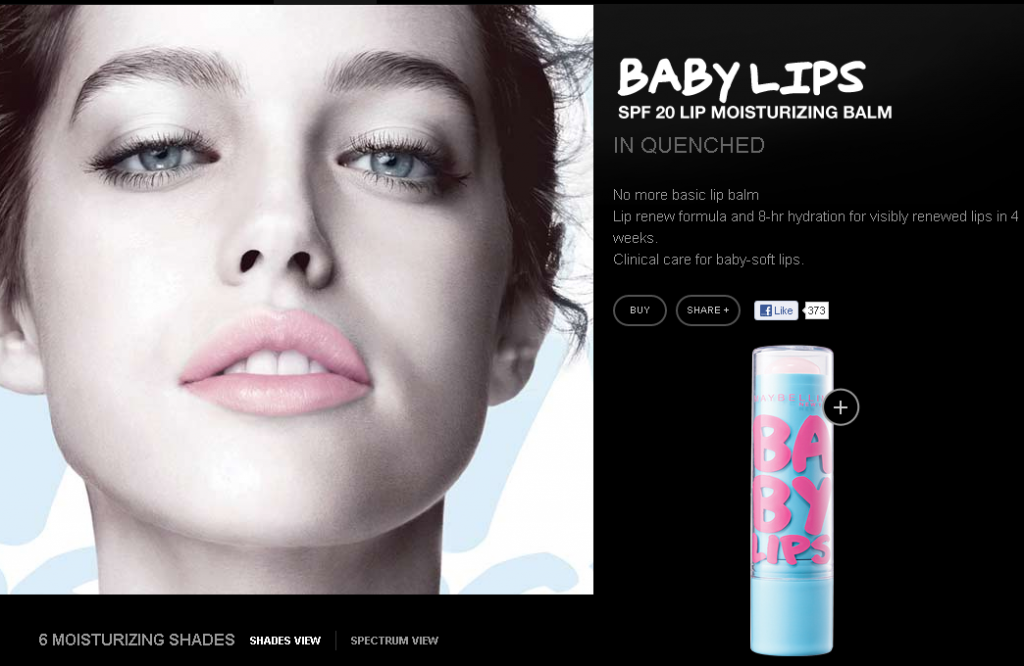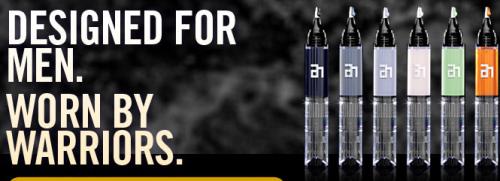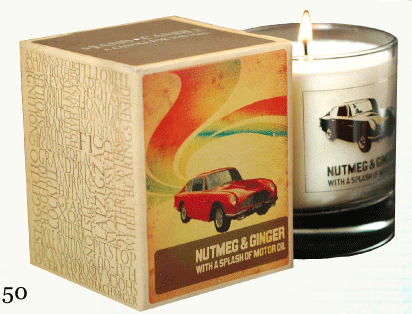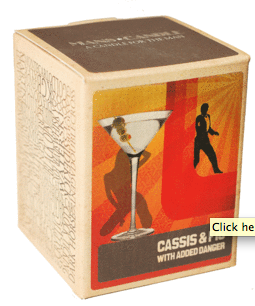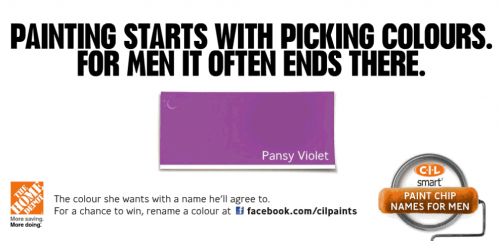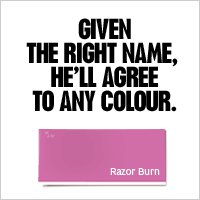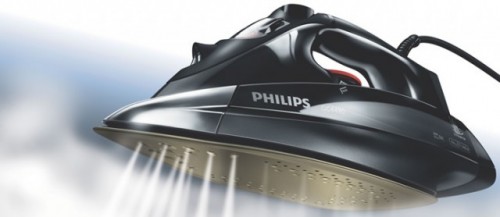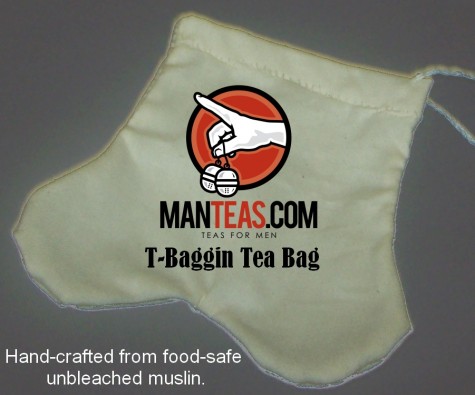 Cross-posted in Portuguese at Conhecimento Prudente.
Cross-posted in Portuguese at Conhecimento Prudente.
A lot of readers were taken with the new parody video, “Fotoshop by Adobé,” that has been making it’s way around the internet. Created by filmmaker Jesse Rosten, the video parodies beauty product commercials that play on and encourage insecurities while promising women magical transformations that will allow them to attain entirely unrealistic beauty standards overnight due to ground-breaking science-y sounding ingredients and processes (“pro-pixel intensifying fauxtanical hydro-jargon microbead extract”). Enjoy!
Thanks to Jessica B., Kate A., Rex S., Emma M.H., Jessica W., finefin, Bernardo, Robin D., Priyanka Mathew (who posts at Culture+Marketing+Politics), runbotrun, Dmitriy T.M., Lots of Models, Tom Megginson, and my colleague Pete La Chapelle for sending it in!


